
Easter is an annual holiday celebrated by Christians around the globe in commemoration of the Resurrection of Jesus Christ three days after his crucifixion on the cross at Calvary as prophesied. Easter embodies the fulfilled prophecy of the Messianic promise to the people in Isaiah 53. It translates to Pascha in Aramaic.
He shall see of the travail of his soul, and shall be satisfied: by his knowledge shall my righteous servant justify many; for he shall bear their iniquities.
Isaiah 53:11
This pivotal event culminates Christian faith, embodying the promise of redemption, eternal life and the message of God’s unconditional love in John 3:16.
For God so loved the world, that he gave his only begotten Son, that whosoever believeth in him should not perish, but have everlasting life.
John 3:16
Origin
Ancient records estimate that the observance of an Easter celebration began in the 2nd century. Early Christians celebrated the resurrection on the fourteenth of Nisan (our March-April), the date of the Jewish Passover.
However, a disagreement ensued when some Gentile Christians began celebrating Easter on the nearest Sunday to the Passover since Jesus actually arose on a Sunday. These discrepancies in dates forced the Council of Nicea to reach a consensus that Easter should be celebrated on a Sunday and never on the Jewish Passover.
To effect this and give room for inclusivity, Easter was to be the Sunday after the first full moon after the spring equinox. However, because of variations in the date of the vernal equinox, a method was devised. Easter is thus the first Sunday after the ecclesiastical full moon that occurs on or soonest after 21st March. This has been used to determine Easter today, and is the rationale behind some years having Easter earlier than others.
THE PROPHECY FORETOLD
Remarkably, Jonah’s 3 days-in-the-belly-of-the-great-fish rendezvous was a sign of Jesus’ death, birth and resurrection.
An evil and adulterous generation seeks after a sign, and no sign will be given
Matthew 12:39-40
except the sign of the prophet Jonah. For as Jonah was three days and three nights in the belly of the great fish, so will the Son of Man be three days and three nights in the heart of the earth.
Jonah’s “Death”
The swallowing of Jonah into the belly of a fish metaphorized Jesus’ death. Figuratively, Jonah died when the fish swallowed him, fulfilling the order of prophecy of what was to come.
The Lord had prepared a great fish to swallow Jonah. And Jonah was in the belly of the
Jonah 1:17
fish three days and three nights.
Jonah’s Burial
Jonah was buried in the fish’s belly. However, an interesting insight here is the careful selection of the word “Sheol” by Jonah to lament his ordeal. Sheol translates as the temporary abode of the dead until they are resurrected to their eternal homes in heaven or hell. Some call it the Purgatory.
And he said: “I cried out to the Lord because of my affliction, and He answered me. Out of the belly of Sheol I cried, and You heard my voice.
Jonah 2:2
By verse six, we are affirmed of the symbolism in Jonah’s words to Jesus’ death as he employs the use of the word “earth” — that is being buried into the ground rather than “ocean” — as his case were. The pit represents Sheol and Hades and Jonah anticipates in faith he will be “resurrected.”
I went down to the moorings of the mountains;
Jonah 2:6
The earth with its bars closed behind me forever;
Yet You have brought up my life from the pit,
O Lord, my God.
Jonah’s Resurrection
Jonah 1:17: “…and Jonah was inside the fish for three days and three nights.”
Jonah 2:10: “So the Lord spoke to the fish, and it vomited Jonah onto dry land.”
In similitude, as Jesus was buried three days and resurrected afterwards, so was Jonah, thus fulfilling the grand prophecy of God.
Also Read: THE REVELATION OF GOD SERIES II: YHWH
DATES OF EASTER
Lent
Often, Easter is preceded by a period of prayer, fasting and penance known as Lent, a time for
repentance and remembrance of the salvation of God shed on the cross through Jesus’ blood. Lent starts on Ash Wednesday and ends on Good Friday, the day of Jesus’ crucifixion. According to historical records, Pope Gregory 1 of the Vatican City established the period as a 40-day engagement in the pattern of Jesus’ time in the wilderness.
Passion Week
This is the week before Jesus’ resurrection. It begins with his Triumphant entry into Jerusalem on Palm Sunday through Maundy Thursday, Good Friday and finally Easter Sunday.
Palm Sunday
This is Jesus’ Triumphant entry into Jerusalem riding on a colt, or a donkey, as crowds present shouted praises and waved palm branches fulfilling the prophecy in Zechariah 9:9: “Rejoice greatly, Daughter Zion! Shout, Daughter Jerusalem! See, your kings come to you, righteous and victorious, low and riding on a donkey, on a colt, the foal of a donkey.”
Nowadays, it is ceremoniously celebrated in many churches with a procession of palms (leaves of the date palm or twigs from locally available trees).
EASTER TRIDUUM
Maundy Thursday
This refers to the last Supper where He met with his disciples to observe the Passover in the Upper Room. Through the Passover meal, Jesus testified and prepared himself and his disciples for his death and resurrection by the breaking of bread which represented his body and the sharing of wine which represented his blood shed to wash away the transgression of man and bring him into righteousness—right standing with God.
Maundy, from the Latin root madam, means “commandment” or “mandate.” On that Thursday Jesus gave His disciples a new commandment.
A new commandment I give to you, that you love one another: just as I have loved you, you are also to love one another.
John 13:34
Jesus’ love on the cross is the most sacrificial and selfless love of any kind. Thus, a new commandment was given to us to love sacrificially and selflessly.
The Maundy Thursday is also called the Eucharist or the Great Commission. The celebration of the Last Supper on Maundy Thursday marks the beginning of the Easter Triduum.
Good Friday
On this day, Jesus was crucified on a cross alongside two sinners as customary in the time of King Pilates. Jesus was betrayed by Judas and denied by Peter, as predicted respectively. He was tried, condemned, mocked, beaten and crucified on a cross. Jesus died the most cruel, unfair, unjust, and painful death any human body could endure.
Holy Saturday
This is the day between the crucifixion of Jesus and his resurrection. It commemorates Jesus’ burial in a tomb by Joseph of Arimathea.
EASTER DAY
This is the apogee of the Christian event and it follows the Holy Week. It symbolizes the Resurrection of Jesus Christ which is the hope of redemption for all Christians worldwide. The resurrection story is the cornerstone of the Christian faith and is considered the most significant celebration in the Christian liturgical calendar.
Saint Paul says that if Christ is not raised from the dead, then our preaching and hope are in vain.
And if Christ be not raised, your faith is vain; ye are yet in your sins.
1Cor 15:17
What’s your reaction?
-
Pingback: THE DEATH OF JESUS CHRIST: A GRAPHIC PICTURE - LIGHTHOUSE HILL



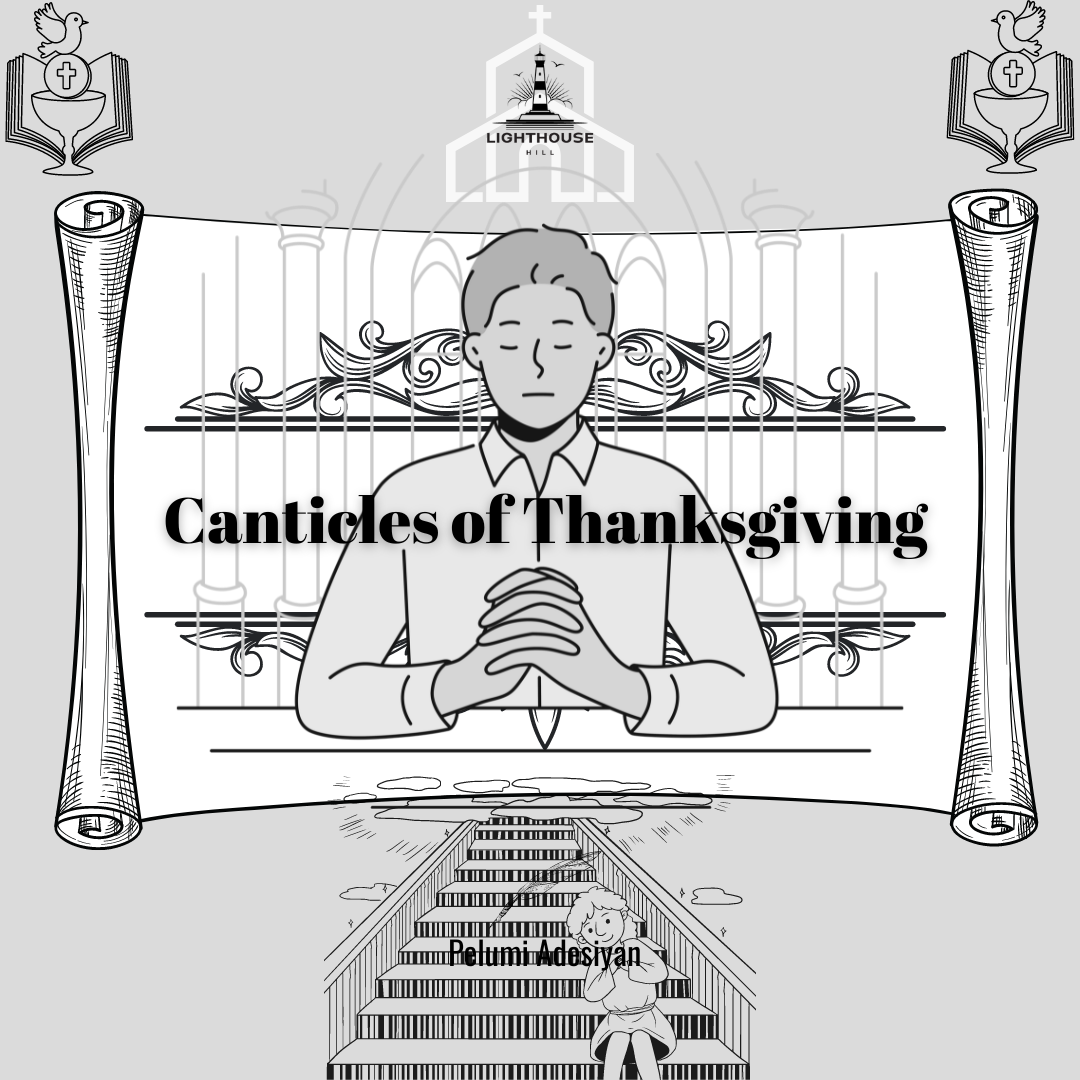


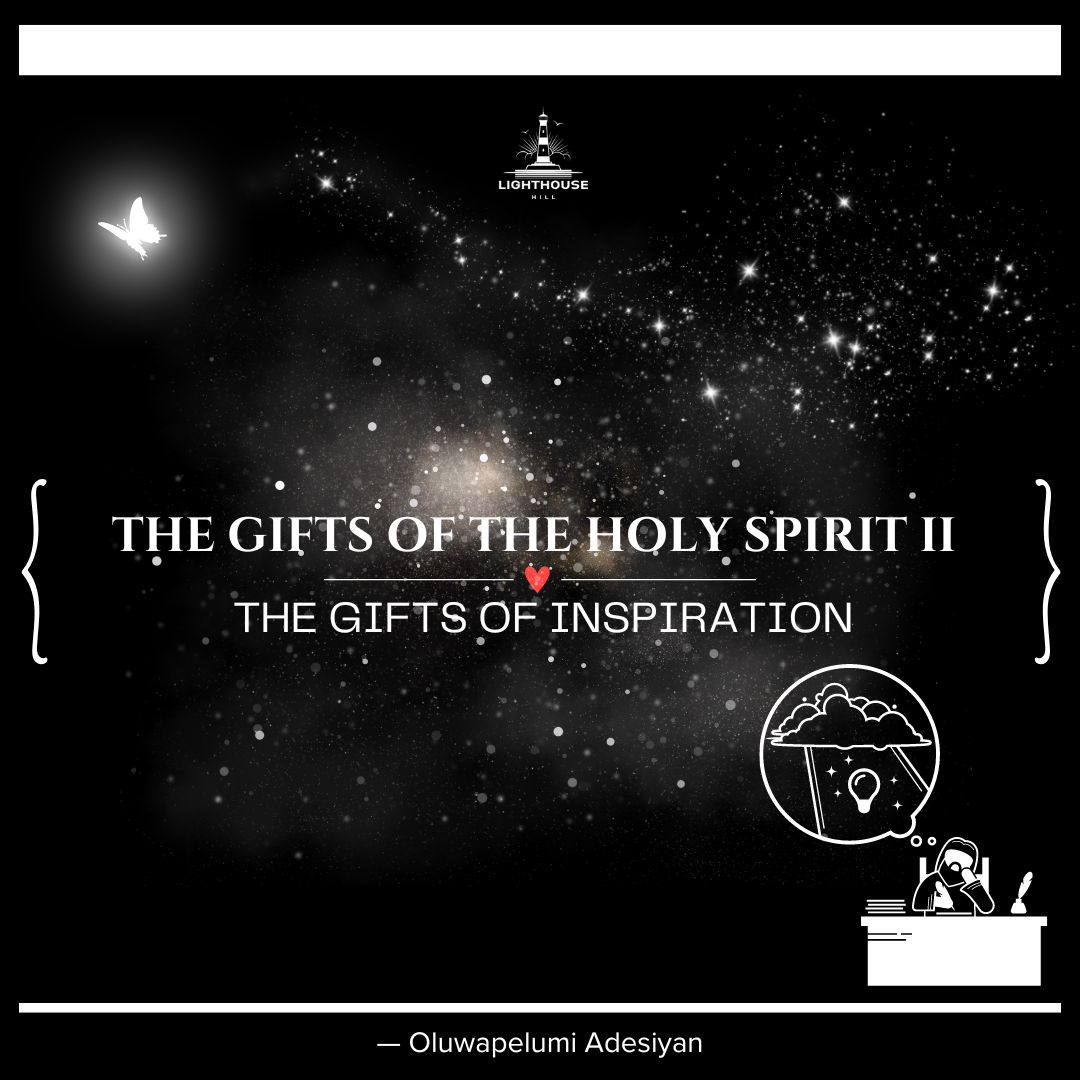
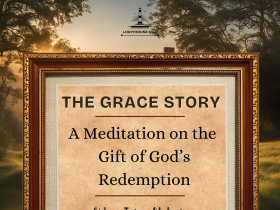


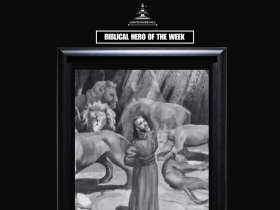
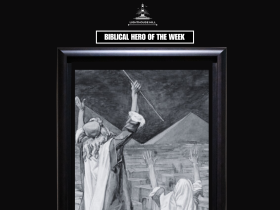
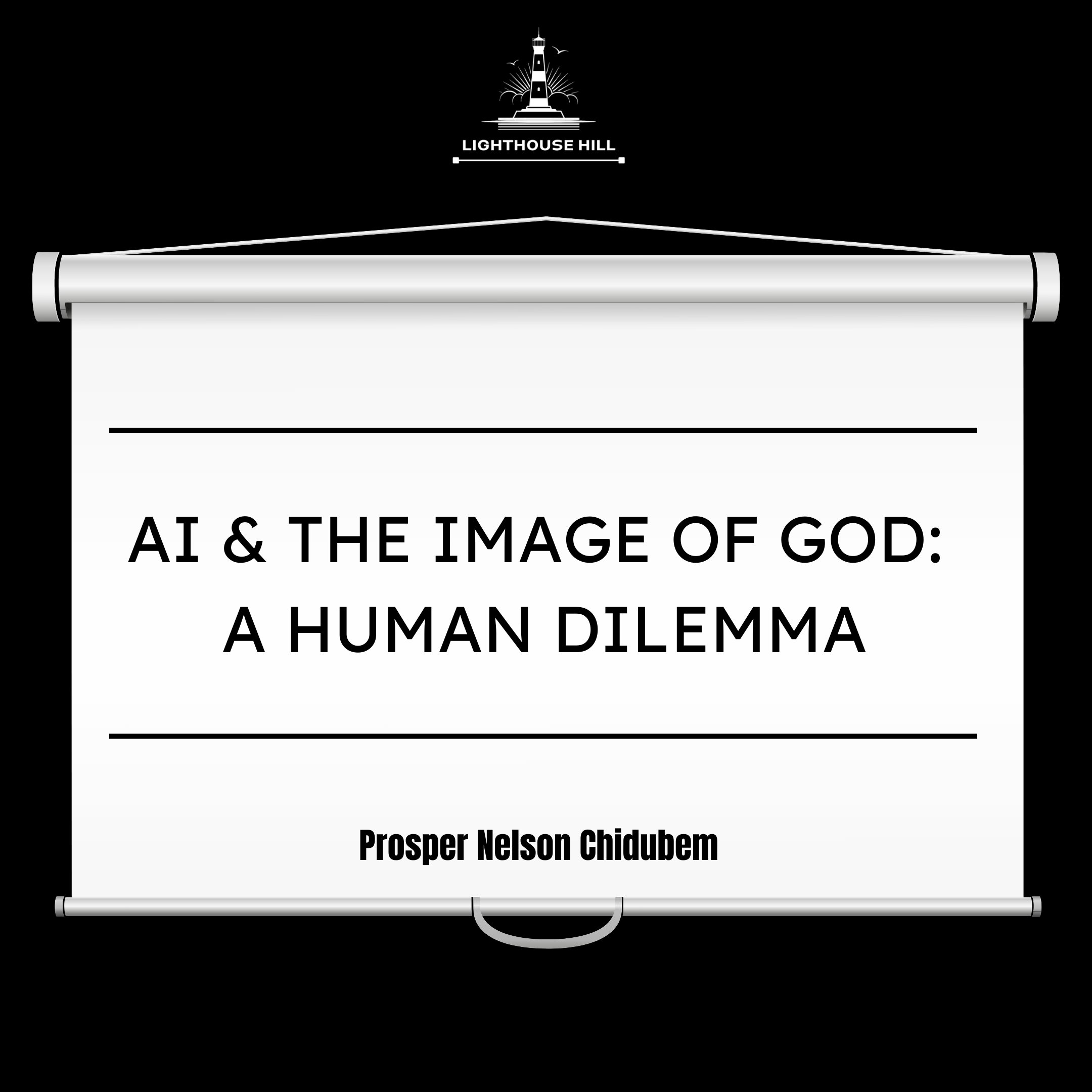
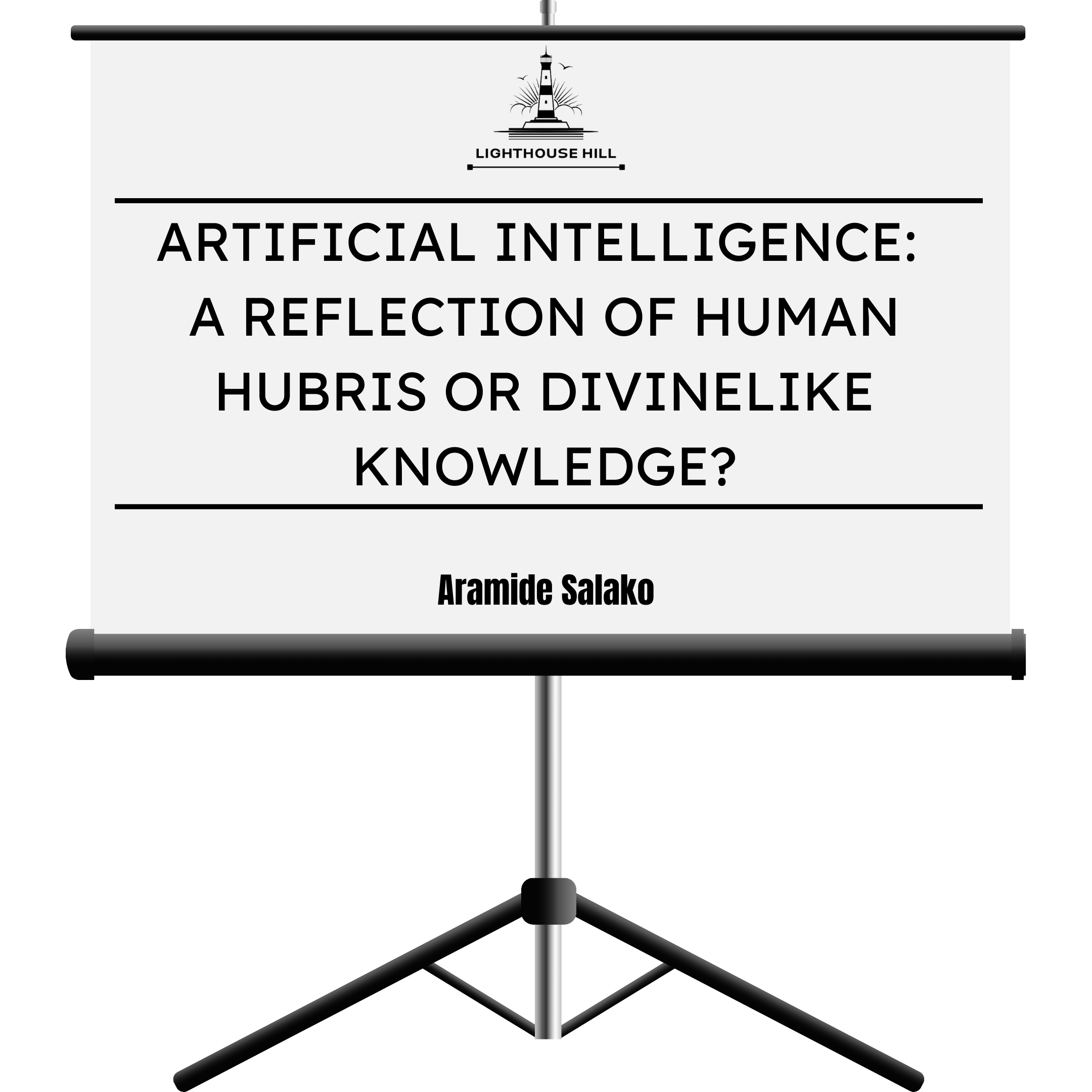


1 Comment
View Comments